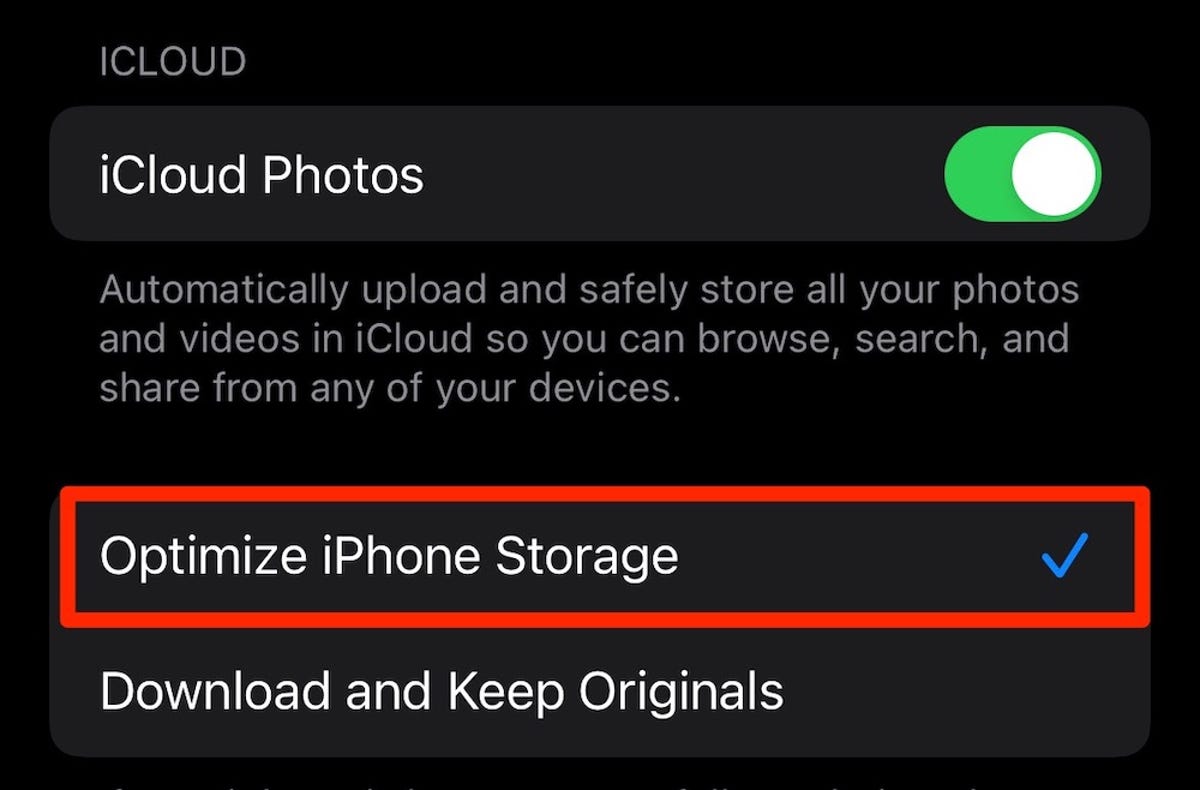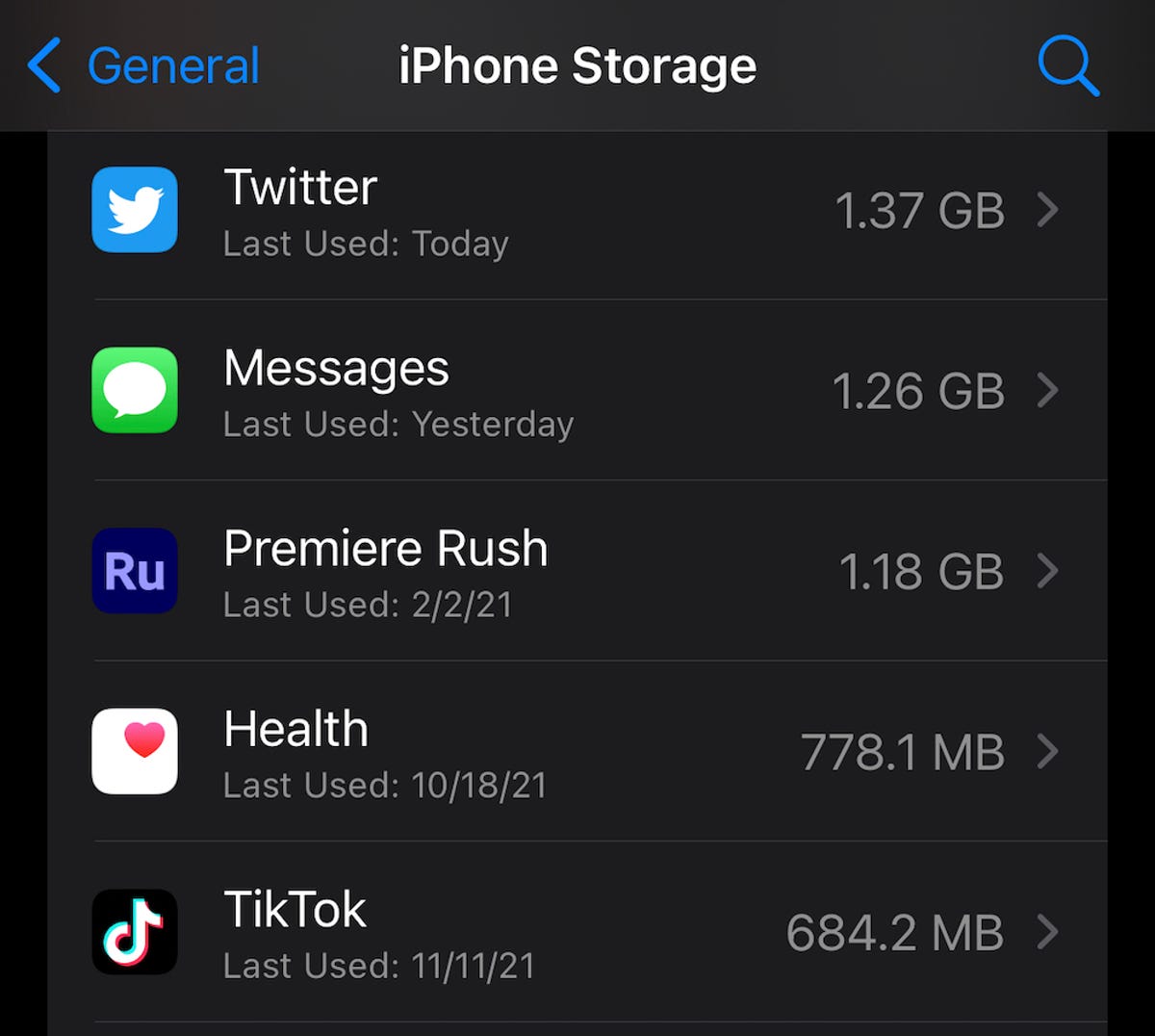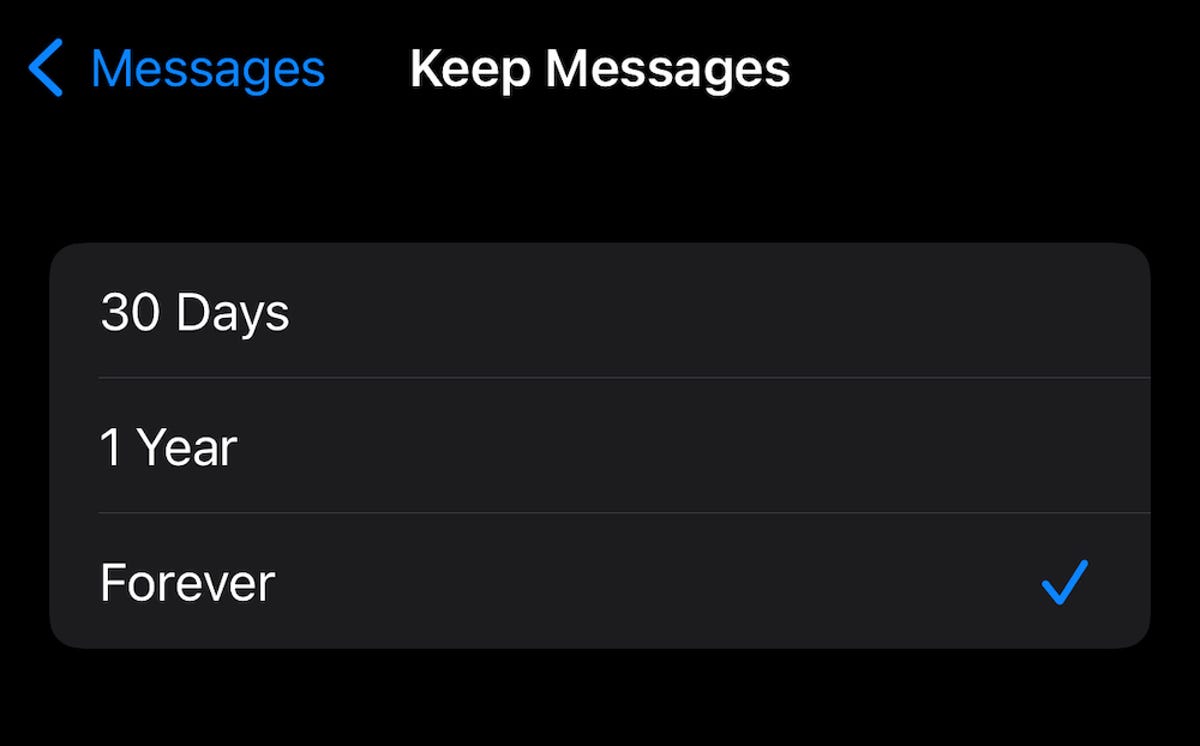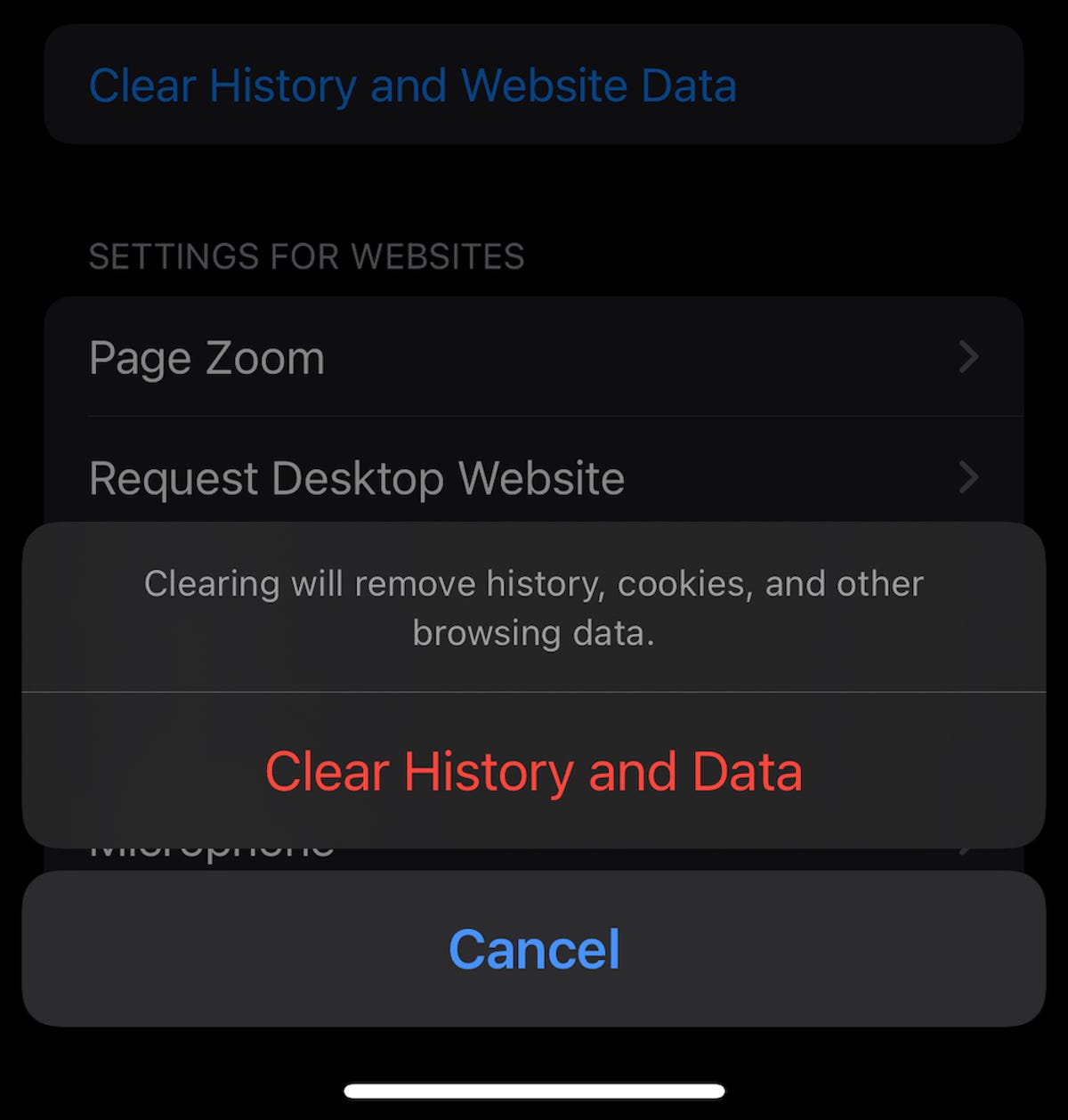Whether your iPhone is brand new or several years old, you may find yourself running low on storage. Those apps, photos, playlists and videos can pile up quickly, and our phones can only hold so much. From offloading apps to transporting essential items to the cloud, there are a few steps you can take to maximize your phone’s capacity.
The best way to save local storage is to invest in a cloud storage service like Apple’s iCloud, Google Drive, Box or Dropbox to offload some of your files. But there are also certain settings you can change to make sure you’re using your iPhone’s storage capacity to its fullest. With last year’s iOS 16 update, your iPhone also gained the ability to detect duplicate photos, making it easier to keep your image library lean and organized.
See below to learn more about how to free up storage space on your iPhone.
First, see what’s taking up the most space on your iPhone
To maximize your iPhone’s storage, you need to know what’s occupying your device in the first place. Take a look at what’s eating up your storage so that you know where to get started. Launch Settings, tap General and scroll down to iPhone Storage. Choose this option to see a breakdown of the types of files and media that are taking up space on your iPhone. Apple might also make some recommendations about how to free up space, such as reviewing videos stored on your device as shown below.

Make sure your iPhone is being as efficient as possible when it comes to saving media files.
Save photos and videos to a cloud service instead of on your device
The best way to free up space on your iPhone is to remove files you don’t need to store on your device. But that doesn’t mean you have to downsize your photo library. Instead, try storing them in a third-party cloud storage service like Google Photos rather than on your device. It’s a quick way to free up a lot of storage without requiring you to part with old memories.
But before you delete anything, make sure the photos you want to save have been backed up or transferred to Google Photos. If your photos and videos are not backed up to another service like Google Photos, Dropbox, Box or OneDrive before being deleted, they’ll be permanently erased. This guide walks you through how to copy over your entire iCloud photo library to Google Photos, but just note that the unlimited free storage option is no longer available.
You might be wondering why you need to use a separate cloud service if your photos are already stored in iCloud. That’s because deleting your photos from your iPhone erases them from iCloud as well, so you’ll want to use another service if you plan to delete images from your device.

Get rid of apps you haven’t used in a long time. You can see the last time you’ve used a specific app in the iPhone’s settings menu.
Offload apps you don’t use all the time
If you don’t want to completely delete an app, you can offload it instead. Offloading it lets you retain the documents and data associated with that app so that you can reinstall it anytime and quickly pick up right where you left off. Navigate back to the list mentioned above by opening Settings, pressing General and choosing iPhone Storage. Tap any app in the list and select Offload App. You can also set your iPhone to do this automatically by opening Settings, tapping the App Store option and making sure the Offload Unused Apps switch is toggled on.

Stop saving text messages indefinitely by changing this setting on your iPhone.
Delete videos and music from apps
You probably have videos and music stored offline in multiple apps on your phone, and fortunately, there’s an easy way to find those files and delete them. Launch Settings, choose General and select iPhone Storage. Search for an app that you’ve downloaded offline content from, such as Netflix. You’ll then see storage information about the app, such as its size and buttons for deleting or offloading it.
If you’ve downloaded offline videos, you’ll also see a section for this content underneath the Delete App button. Place your finger on a downloaded video and swipe it all the way over to the left side of the screen to delete it.

Clear out your Safari cache to see a performance boost and save a little space.
If you use Google Chrome, tap the three dots at the bottom of the screen, choose History and tap Clear Browsing Data. You should see a check mark next to three categories: Browsing History, Cookies, Site Data and Cached Images and Files. If you want to only delete browsing data for a certain time period, tap the Time Range option near the top of the screen before hitting Clear Browsing Data at the bottom.


